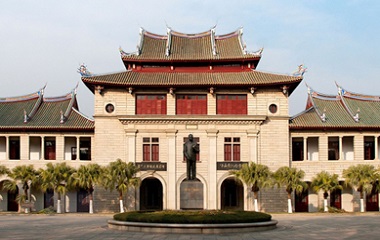1. Before going to the hospital
Chinese hospital departments are divided into general outpatient services and experienced specialist doctors. Patients who want to see an experienced specialist doctor are suggested to arrive at the hospital earlier to wait in line.
Dialing 120 will get you an ambulance when in medical emergency. Most hospitals have appointment booking services, through the hotline or online platforms.
2. Register
After arriving at the hospital, the patient should first register (guahao) at the admission desk and pay an admission fee. Materials needed for registration include the patient’s passport and maybe a piece of paper with the name of the specific department.
The patient will get a hospital card (binglika) if he/she has not been to the clinic before. The hospital card is needed during future visits.
3. Seeing the doctor
The patient will enter a consultation room to see the doctor when his/her number is called. The doctor will do a few checks with instruments after inquiring the patient on his/her illness.
There are no separate waiting areas and consultations rooms in some public hospitals, so the patients may need to go behind a curtain or screen in the need to undress.
4. Get the medicine and pay fees
After the doctor gives you a prescription (chufang), the patient needs to pay the fee and then can get the medicine from the hospital pharmacy (yaofang). The patient shows the chemist the prescription and will be given what he/she needs.
A hospital’s pharmacy is usually located at the lobby of the out-patient building.
5. Do further tests and pay fees
Further tests may be prescribed if the doctor thinks the patient has an infection or more serious problems. The patient could go to the section where the examinations are carried out with a receipt after paying for the examination.
If the examination results come out quickly, the patient can consult the original doctor without waiting in line.
If the results come out another day, the patient has to register again.
6. Hospitalization or surgery
If hospitalization and/or surgery is required, the doctor will check when a bed and surgery are available. Then the patients need to pay all the potential costs.
The patient may share a ward with several other patients. But a VIP ward with a private or semi-private room may also be available.










